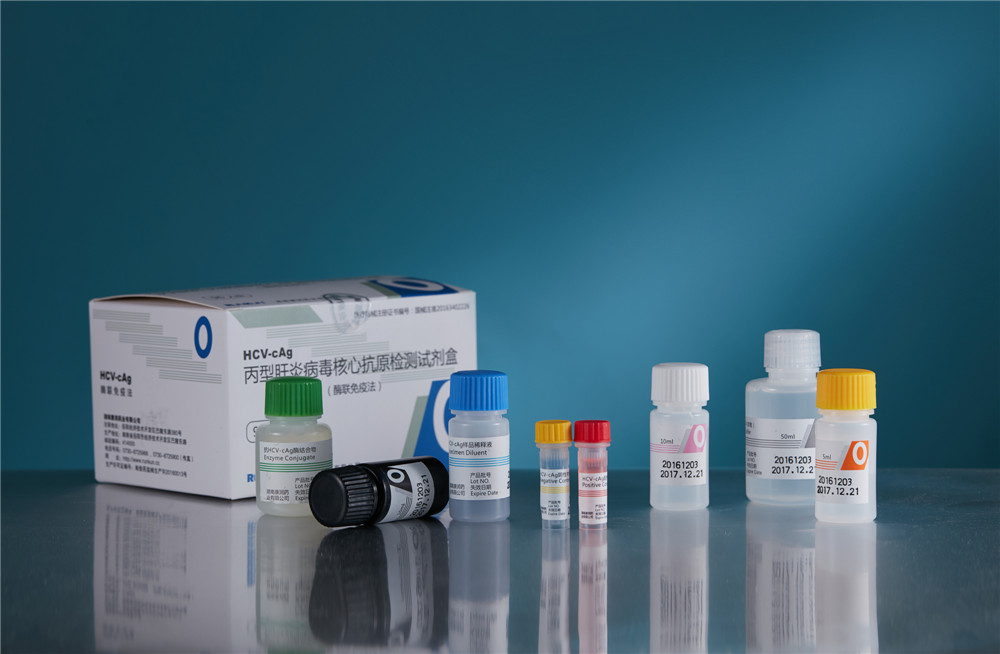Green food production should proceed from the whole ecosystem such as crops, diseases, weeds, etc., and comprehensively use various prevention and control measures to create environmental conditions that are not conducive to the breeding of pests and weeds and beneficial to the proliferation of various natural enemies, and maintain the balance and biodiversity of agricultural ecosystems. Reduce the damage caused by various pests and weeds. Priority is given to adopting agricultural measures to combat diseases by selecting pest-resistant species, non-chemical seed treatment, cultivating strong seedlings, strengthening cultivation and management, cultivating and weeding, autumn deep sunning, clean gardening, crop rotation and intercropping. The role of pests and weeds. Should take advantage of lighting, color trapping pests, machinery to capture pests, mechanical and manual weeding and other measures to prevent pests and weeds. In special cases where pesticides must be used, the pesticide use guidelines for the production of Grade A and Grade A green foods should be observed. Guidelines for the use of pesticides for the production of AA-grade green foods: Allow the use of AA-grade green food production materials for pesticide products; allow the use of moderately toxic pesticides, fungicides, repellents and synergists of the following plant sources, permitting the use of releasing parasitic predators Natural enemies animals; insect pheromones and plant-derived attractants used in pest traps; use of mineral oils and vegetable oil preparations; use of sulphur and copper preparations in mineral-origin pesticides; allowing limited use of live microbial pesticides. The use of organic synthetic chemical insecticides, acaricides, fungicides, nematicides, herbicides, and plant growth regulators is prohibited; the use of biogenic and mineral-based pesticides in the formulation of various synthetic pesticide-based pesticides is prohibited; use is strictly prohibited; Genetically engineered varieties (products) and preparations. Guidelines for the use of pesticides for the production of Class A green foods: The use of AA class A and A green food production materials for pesticide products; the use of moderately toxic plant-based pesticides, animal-derived pesticides, and microbial-based pesticides; and the use of sulfur agents in mineral-origin pesticides are permitted. , Copper preparations; Limited use of some low-toxic pesticides and moderately toxic organic synthetic pesticides, but according to national standards require the implementation of specific operations. It is forbidden to use highly toxic, highly toxic, high residue or pesticides with triple toxicity (carcinogenic, teratogenic, mutagenic); each type of organic synthetic pesticide (organic synthetic products containing class A green food production materials pesticides) in a The use of the crop is allowed only once during the growing season; in strict accordance with the National Standard for Maximum Residue Limit (MRL) requirements; the use of highly toxic and high residue pesticides for the control of pests during storage is strictly prohibited; genetically engineered varieties (products) and preparations are strictly prohibited.
Hepatitis C virus (HCV) Core Antigen Detection Kit is an HCV Antigen
Diagnostic Reagent which is a world-recognizing pioneering product in
China. the Institute of Basic Medical Sciences
under the Academy of Military Medical Sciences of the Chinese People's
Liberation Army. Based on the analysis of different gene subtypes' core
antigen sequences of HCV, conservative antigen amino acid sequences with
similarity and strong antigenicity could be defined. Monoclonal
antibody cells against different parts of core antigen sequences were
developed for product anti-HCV core antibody with high affinity binding
and specificity. What is more, through the functional matching of these
monoclonal antibody cells, HCV core Antigen Detection Kit could be
produced with the adoption of double antibody sandwich ELISA.
Product Features
1. The sensitivity for detection is nearly as high as that of HCV-RNA.
2. The whole operation process is the same as the conventional ELISA. No special instrument or equipment is needed.
3. The infectious "window period" of HCV could be reduced to two weeks
which is about 35 days on average shorter than commonly used antigen
diagnostic reagent in the market.
4. There is no special requirement for samples of serum or plasma.

HCV Antigen
HCV Antigen,Core Antigen Detection Kit,Antigen Detection Kit,Diagnostic Reagent
Hunan Runkun Pharmaceutical Co., Ltd. , http://www.runkun-med.com
